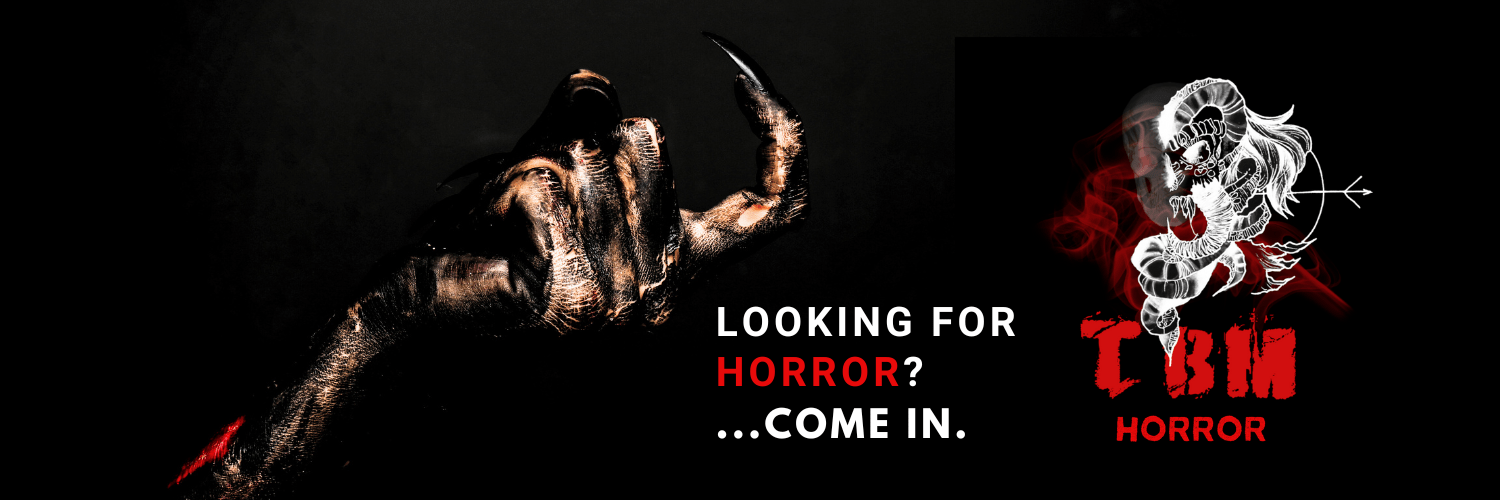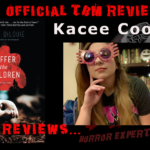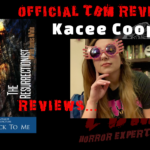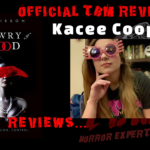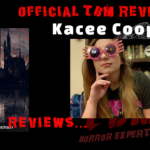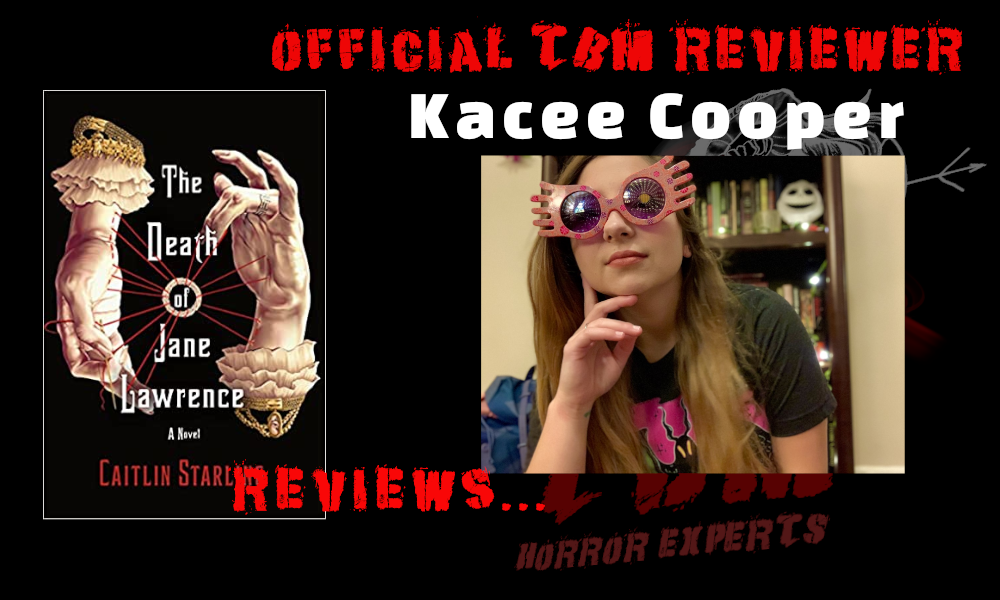
Caitlin Starling’s most recent novel, The Death of Jane Lawrence, published in October of 2021, sets a precedent for gothic, Victorian literature composed in today’s time. Through the use of gothic themes and a Victorian setting, Starling captures the very thing that all horror fans love: a haunted house filled with tortured souls, both living and dead.
Is Starling using Lindridge Hall to set up readers for a spooky haunted house tale? Absolutely.
Kacee Cooper
Jane Shoringfield is a sensible woman; she has a head for statistics and algorithms, navigating her life with a firm sense of logic and always strategizing her next move with expert planning. It is through that strategizing she arrives at the conclusion that she must obtain a husband, however, not a husband she loves or even has romantic ties to whatsoever, for Jane visualizes this marriage as nothing more than a business agreement. Once she has convinced the shy and unassuming doctor Augustine Lawrence, their marriage is finalized under a series of conditions, the most important being that Jane is never to visit Augustine at his family’s old home, Lindridge Hall, under any circumstances. With that, she is made aware that this is where Augustine is adamant about sleeping alone each night. Is Starling using Lindridge Hall to set up readers for a spooky haunted house tale? Absolutely.
The creepy manor of Lindridge Hall looms outside of town, far out of sight of the townspeople and Augustine’s patients. With a decomposing infrastructure, overgrown garden, and an overall unsightly appearance, it is a perfect setting for an old timey, haunted house ghost story. The staff of Lindridge Hall, two older women, refuse to stay after nightfall and are fully aware of something more sinister lurking in the shadows. Augustine is obsessively protective of his family home, yet seems to dread returning to it each night. Augustine’s dread of going to bed in Lindridge Hall, combined with Jane’s morbid curiosity regarding the manor, allows readers to feel the sense of unease and apprehension building alongside the plot.
However, as all haunted house stories go, extenuating circumstances force Augustine to relent and forgo their agreement at the start of the novel. The night of their wedding, a huge accident occurs that forces Jane to turn back to Lindridge Hall. She begins banging on the door of the manor and begging Augustine to let her inside. After a struggle, Jane breaks into the home and begins to search for Augustine to explain her situation. When Jane reaches Augustine’s door and peers inside, she is greeted with a terrified, babbling, and shaken version of Augustine that she has never seen before.. It is this night thatt kickstarts Jane’s journey into the supernatural elements that encompass Lindridge Hall, such elements that have a strong grip on Augustine’s past and his pain, and such elements that force Jane to confront a world she previously refused to acknowledge.
Before discussing the horror components of this novel, I’d like to mention the literary elements I find particularly successful. The character arcs of both Jane and Augustine are lovely to experience. Jane goes from a strict logical-thinker who needs concrete facts for things to be true to a true believer of the supernatural and magic. We see her become curious about the history of the home, get scared of the ghosts that haunt its corridors, find power through connections with a secret society that practices magic, feel hopeless when faced with darker forces, and defeat those darker forces with a bit of help from the same supernatural world of magic that weeks prior did not exist in her mind. Moreover, Augustine is shown to have an excellent and thorough understanding of surgery and physical health (of that time), as he is the doctor that the townsfolk and people from surrounding areas come to in times of emergency. The juxtaposition between this image of him as a calm, confident surgeon and the whimpering, weak,
and terrified little man with the blankets clutched up to his chin that Jane must rescue make his character arc dynamic in a way that is both believable and likable.
Now, as a horror fan, we must ask ourselves: what about this book makes it a horror novel? Well, as it is written in the form of a Victorian ghost story, the scary factor relies largely on the atmospheric tone conducive for evoking a sense of dread and less on the components of the plot that are typically found in horror. Yes, there are bloody ghosts that assault the characters, and yes, there are scenes where readers find the characters literally facing death, but those scenes are not what gives the reader chills. It is the psychological effects that make this book scary; the terrorizing ghosts that are hardly visible, the shadows that paint the walls at night, and all the things left unsaid that are filled in by the reader’s imagination are what makes this book one to be read with all the lights on.

Kacee Cooper
As an English literature teacher obsessed with words and phrases and the delicacy of their combination, I grew up reading many Jane Austen novels whose protagonists are well-spoken and even better on the page. I remember these characters expressing their truest feelings in the most thoughtful manner, detailing their love and desire for each other. But then I discovered horror. Just like any other creature with an insatiable love for the dead (and all the scary parts before and after it), I have found that profound literature isn’t something that exists only in classic literature.
